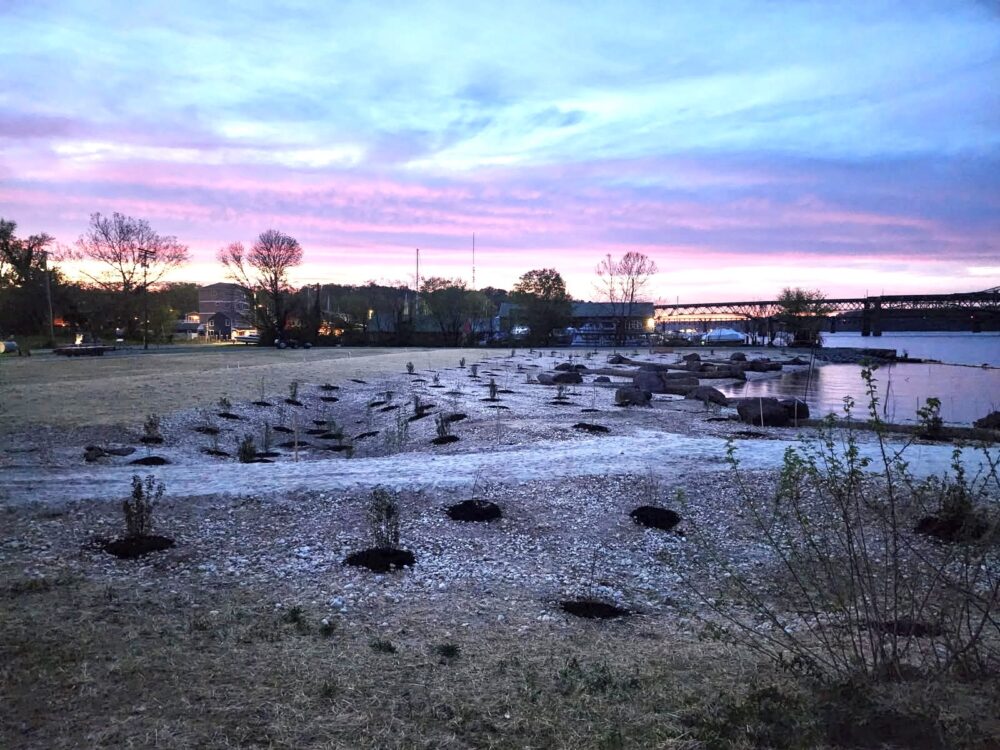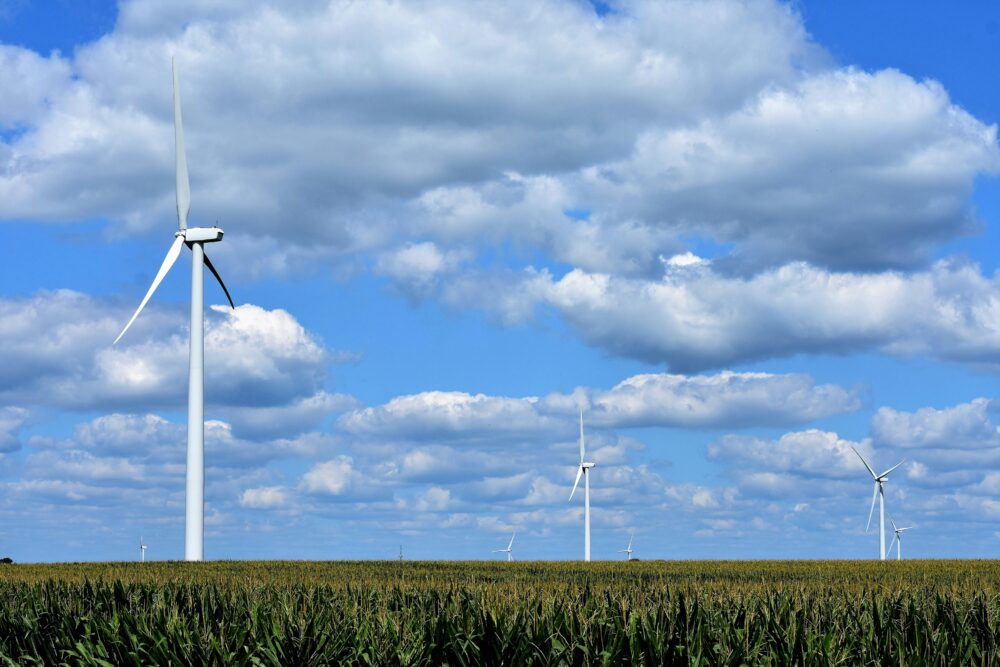We have much more to do and your continued support is needed now more than ever.
New Revelations from Arkansas Spill Highlight Need for Stricter Tar Sands Pipeline Safety Standards
A recent article by Inside Climate News underscores the fact that existing regulations are not protecting us from the new and severe threats of tar sands pipelines. The article highlights the maintenance and monitoring breakdowns that led to the major tar sands spill in Mayflower, Arkansas this March. In that spill, oil giant Exxon’s Pegasus pipeline – built in the Truman Administration – burst apart, creating a 22-foot gash that spilt 5,000 barrels (210,000 gallons) of toxic, near-impossible to clean-up tar sands into a nearby neighborhood and lake. The tragedy has forced 22 families from their homes.
The article highlights six specific facts Exxon knew or should have known that would have alerted it to the spill risk and perhaps prevented this disaster:
► That about 650 miles of the 858-mile long Pegasus was made of pipe manufactured using a technique known to create hook cracks and other defects that can cause the seam welds to fail if operators don’t take proper preventative measures.
► That the same stretch of line was built in 1947 and 1948 with pipe made byYoungstown Sheet & Tube Co., whose pipe from that era is known to be prone to brittleness and fractures.
► That the 2006 hydrotest it performed on that stretch of pipe was conducted at stress pressures appropriate for calibrating maximum operating pressures, but not at levels experts believe is necessary to rid a pipeline of seam crack threats. The stress pressure Exxon used in 2006 also was lower than the stress pressure it used in 1991 to test a newer segment of the Pegasus.
► That 11 seam welds failed during the 2006 hydrotest, even though that test was conducted at relatively low pressure levels.
► That 12 seam cracks were found during a 2010 in-line inspection of a segment of the pipeline outside the failure area.
► That the new crack-detection technology used in the February 2013 probe of the Pegasus hasn’t been proven effective in the field and anecdotal evidence suggests it has a spotty success rate.
Additionally, the article cites pipeline expert Richard Kuprewicz who explains that tar sands may have changed the dynamics inside the aging pipeline. According the article, Kuprewicz explains that the more viscous tar sands can subject pipelines to more pronounced pressure swings and a condition known as “pressure-cycle-induced fatigue,” which activates defects and expands cracks, sometimes to the point of rupturing the pipe.
Inside Climate News also quotes pipeline construction expert Mohammad Najafi, a professor at the University of Texas at Arlington, who summed up his reaction to Exxon’s actions with these sobering words:
“[Exxon was] not very careful. They should have been more concerned about the pipe.”
New Tar Sands Safety Rules are Needed
This information is quite alarming, especially on the heels of the July 2010 Kalamazoo Spill, where the National Transportation Safety Board compared oil pipeline company Enbridge’s handling of the million gallon spill disaster to the Keystone Kops and chastised current regulations as inadequate.
Two things are becoming painfully clear: tar sands is extremely dangerous to ship, and current pipeline safety regulations aren’t adequate to protect our wildlife and communities from disasters like Mayflower and Kalamazoo. In fact, current regulations do not differentiate between tar sands and regular oil and do not require stricter operating standards for tar sands. Once a spill occurs, responders who are the first to arrive and whose actions are critical to how impactful a spill will be on the environment, are left in the dark about what they are even cleaning up.
National Wildlife Federation, along with over sixty other groups, landowners, and current and former government officials have filed a petition with responsible federal agencies calling for a halt on any new or expanded pipeline projects until proper safety standards are in place. So far, the response from the Pipeline and Hazardous Materials Safety Administration has not inspired confidence. Last month, the agency declined to meet with landowners from Michigan and Arkansas who came to Washington to tell how their states have been impacted by these disasters.
The news coming out of Mayflower highlights the urgency of this petition being acted upon, and tar sands expansion being curtailed. Tar sands pipelines are time bombs ready to go off in our backyards. Undeterred by Pegasus, the oil industry has multiple tar sands projects in the works, including one where Exxon is gearing up to send tar sands through a pipeline very similar to the Pegasus line that cuts through Portland, Maine’s water supply.
The more we know about tar sands, the worse the news gets. The faster we turn away from this noxious, destructive fuel towards smarter, cleaner choices the better. Our children and our wildlife can’t afford more Mayflowers.
Tell President Obama to reject Keystone XL here.






















